
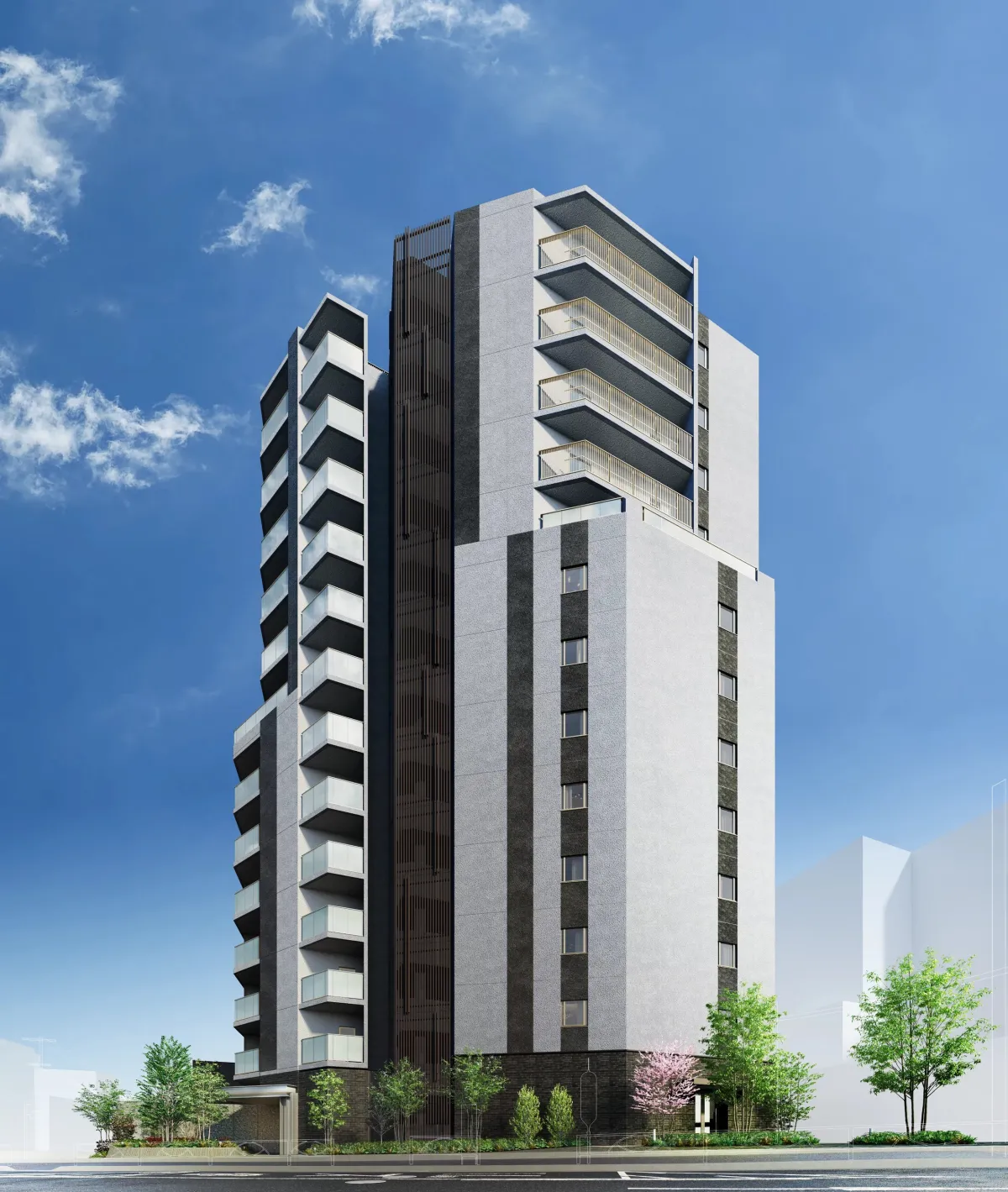
Brillia Nishimagome: New Residential Project Entry Starts June 18th
Brillia Nishimagome: A New Horizon in Urban Living
On June 18, 2023, entry for the new residential project, Brillia Nishimagome, officially began. This revitalization initiative, spearheaded by Tokyo Tatemono in collaboration with the Heights Nishimagome Condominium Reconstruction Association, aims to transform the aging Heights Nishimagome into a vibrant new community.
Project Overview
Brillia Nishimagome will be a modern 13-story residential building with a total of 79 residential units, leveraging the Act on the Promotion of Redevelopment of Condominiums. The residential designs vary, ranging from approximately 50㎡ to 92㎡, featuring plans from 1LDK to 4LDK, catering to a diverse resident demographic. Additionally, a Supermarket Bunka-do will be integrated into the property, enhancing convenience not just for residents but also benefiting the surrounding community.
This project marks a significant milestone as it is the first redevelopment initiative in Ota City authorized under the aforementioned law. Notably, it also benefits from a permitted floor area ratio increase, elevating from around 262% to approximately 355%.
Historical Context of the Project
The previous structure, Heights Nishimagome, was reaching the end of its lifespan, having been in existence for 43 years at the time of its planned demolition in 2024. The building had shown significant signs of aging and inadequacies in seismic safety, as established during the 2011 seismic assessment. Given that the property is adjacent to a key emergency transport route, the need for redevelopment was recognized from a disaster prevention perspective as well.
In August 2022, a decisive meeting culminated in the unanimous agreement of all 31 unit owners to approve the reconstruction plan, which emphasized the urgency of updating both the structure and addressing resident demographics.
Here is a timeline of key developments surrounding the project:
- - March 2013: A seismic assessment reveals inadequate structural resilience.
- - July 2015: The establishment of a redevelopment committee initiates discussions.
- - December 2017: Tokyo Tatemono joins the project as a collaborator.
- - July 2019: A resolution to approve the demolition was passed at an owners' meeting.
- - August 2022: The remodeling decision receives full consent during a groundbreaking assembly.
- - April 2023: Formation of the Heights Nishimagome Reconstruction Association takes shape.
- - November 2023: Approval of the property conversion plan.
- - February 2024: Demolition work commences for the existing building.
- - February 2025: Construction of Brillia Nishimagome begins.
- - September 2027: Anticipated completion of Brillia Nishimagome.
Comparison of Past and Future Structures
| Feature | Heights Nishimagome | Brillia Nishimagome |
|---|---|---|
| ------- | ------- | ------- |
| Location | Minami Magome, Ota City, Tokyo | Same as above |
| Structure | Reinforced Concrete, 7 stories | Reinforced Concrete, 13 stories |
| Total Units | 31 (plus 1 commercial space) | 79 (plus 1 commercial space) |
| Floor Area | Approximately 3,250㎡ | Approximately 5,591㎡ (including shops) |
| Building Use | Residential, Retail | Residential, Retail |
| Height | Approximately 26m | Approximately 41m |
| Approved Design and Build | KIKAKU DESIGN OFFICE | IMAKAWA MIYAKE ARCHITECTS |
| Builder | SATO INDUSTRY CO., LTD. | KEIO CONSTRUCTION YOKOHAMA CO., LTD. |
| Completion Date | 1980 (obsolete) | Mid-September 2027 (scheduled) |
With the introduction of Brillia Nishimagome, Tokyo Tatemono aims not only to revitalize urban landscapes but also to address pressing challenges in aging residential infrastructure across Japan. The firm has a rich history of successful redevelopment projects, including the landmark Brillia Tama New Town, the significant Brillia City Shakujii Park ATLAS, and the impressive Brillia Tower Hamari Kyoko.
Conclusion
As urban regeneration becomes increasingly vital in preserving safe and habitable living spaces, Brillia Nishimagome serves as a beacon of modern living, integrating sustainable practices with community-focused innovations. With the rapid rise in aging condominium stocks projected to escalate in the coming decades, initiatives like these are crucial in reshaping the urban residential landscape in Japan for future generations.
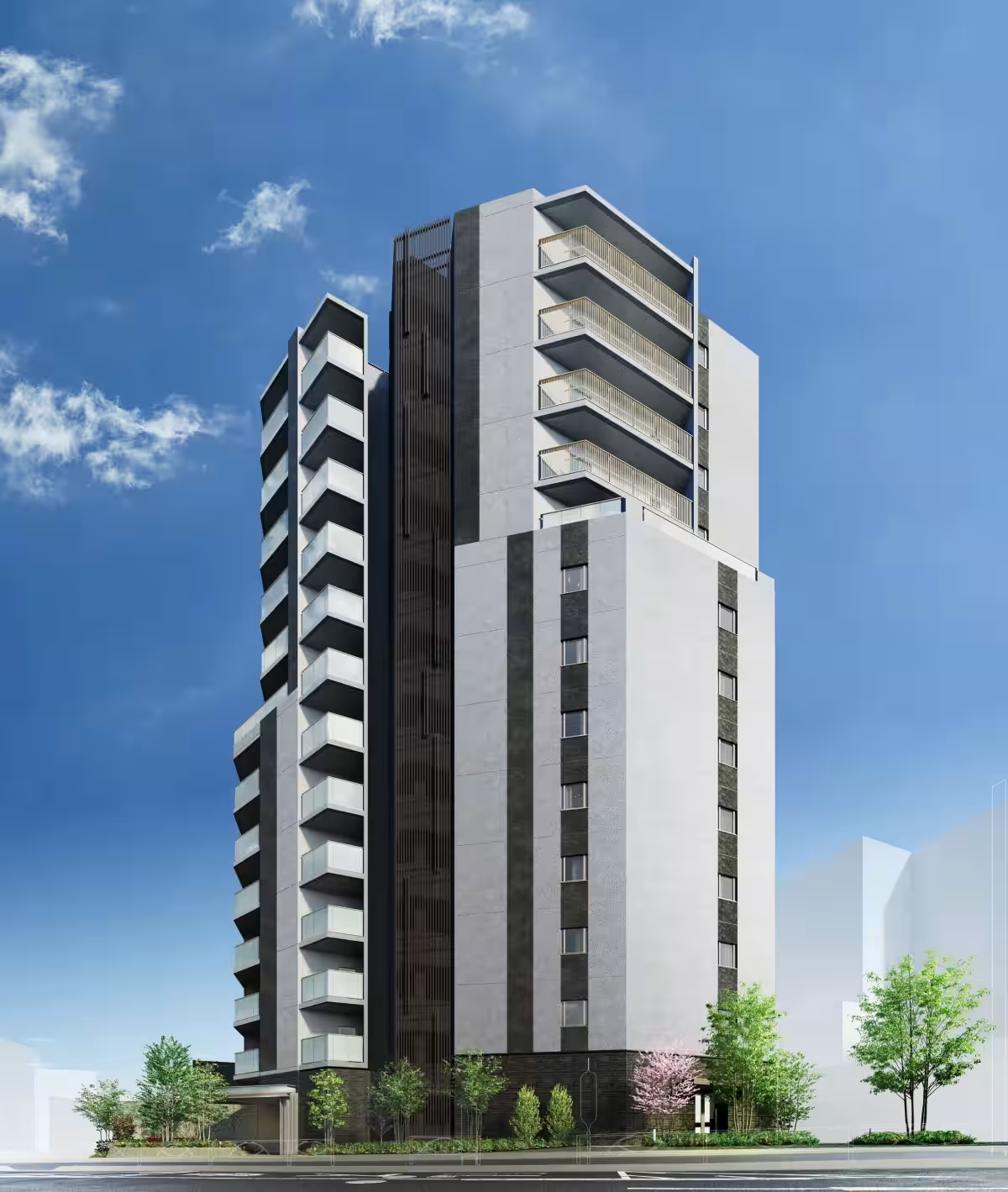
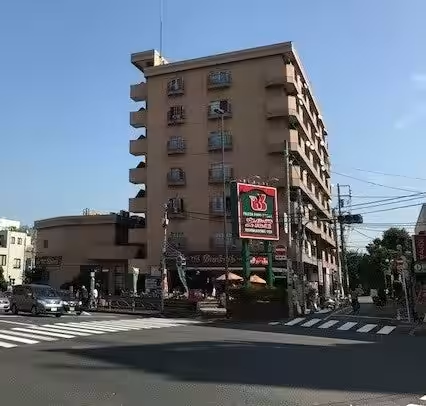
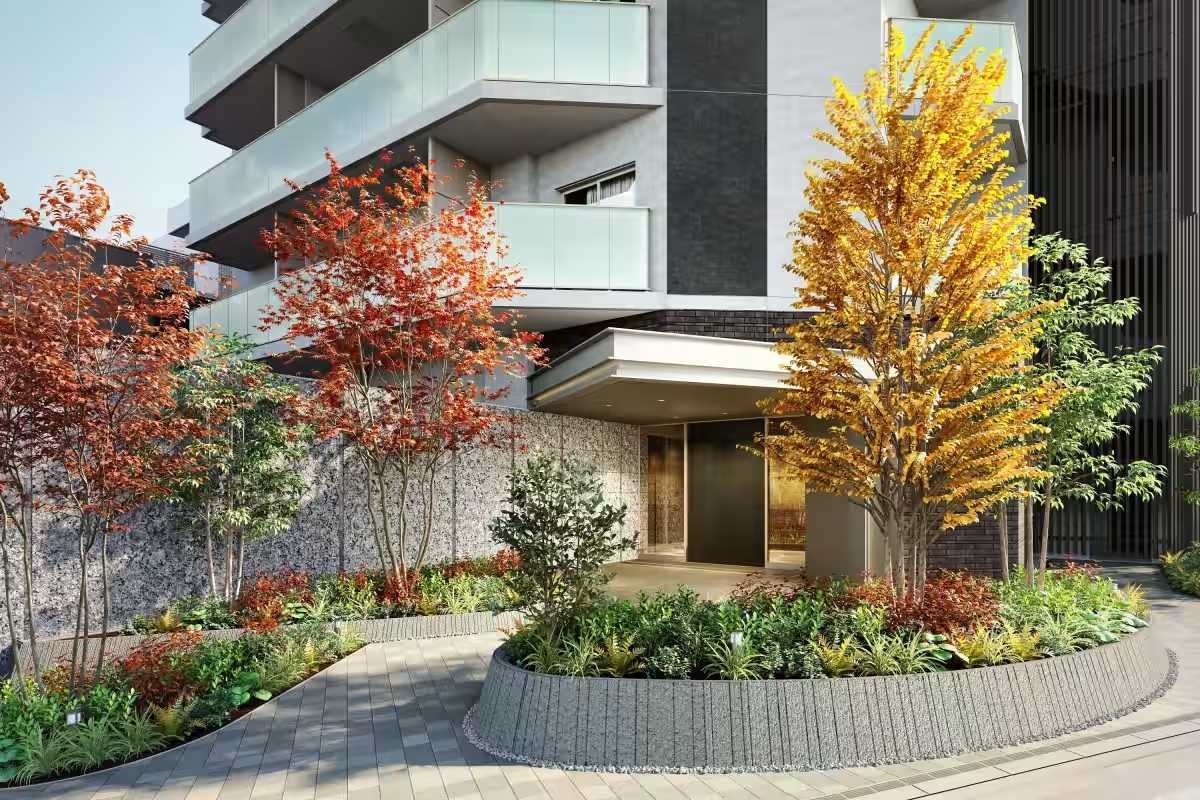

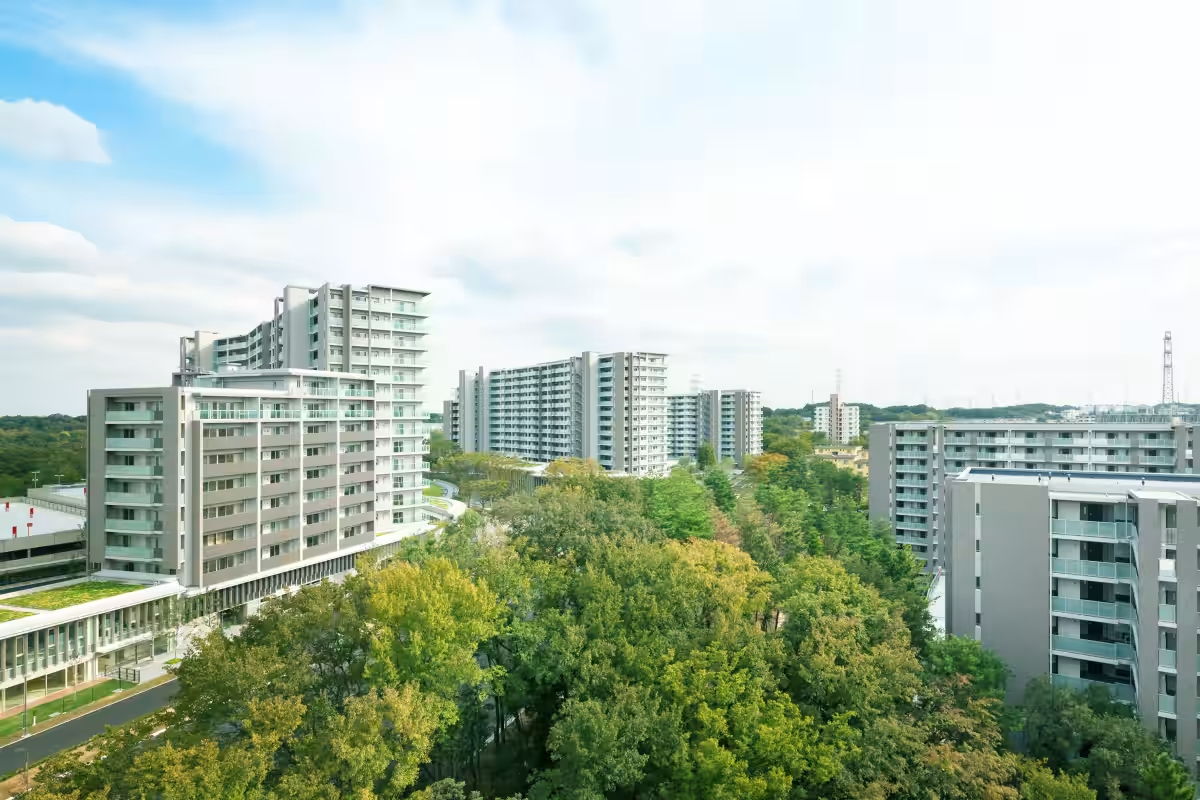
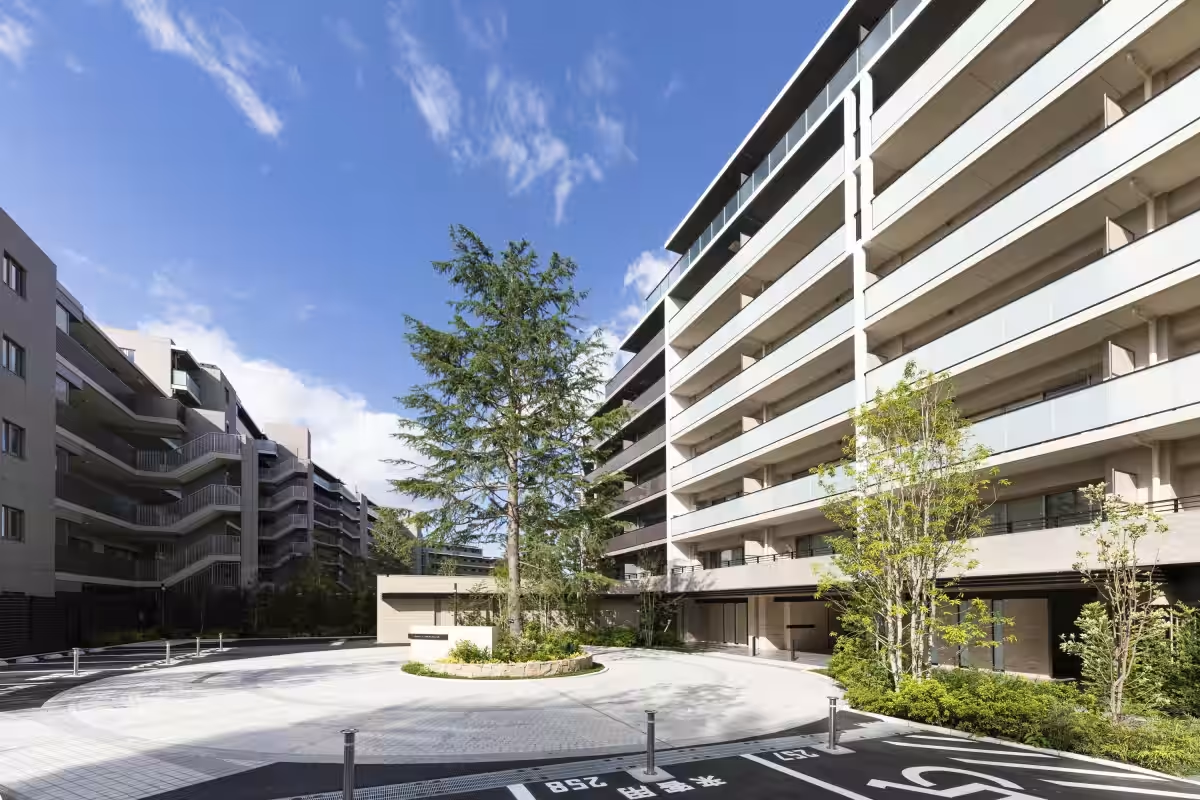
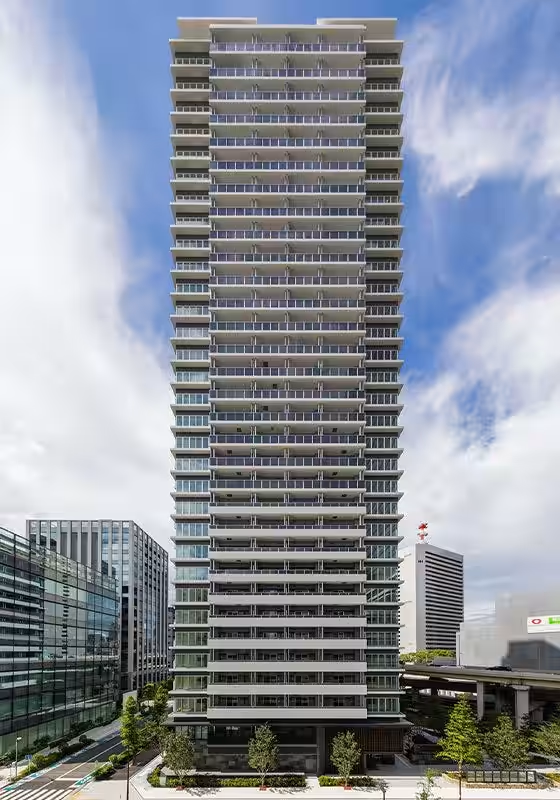
Topics Consumer Products & Retail)










【About Using Articles】
You can freely use the title and article content by linking to the page where the article is posted.
※ Images cannot be used.
【About Links】
Links are free to use.